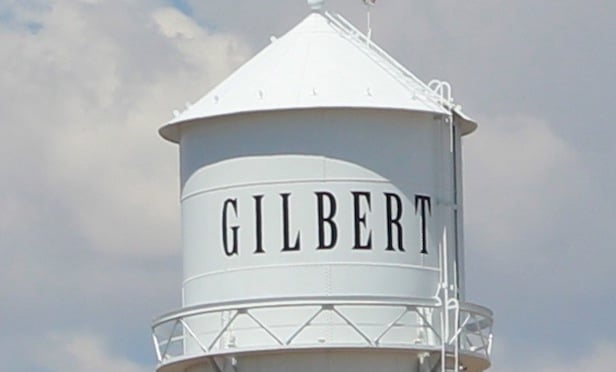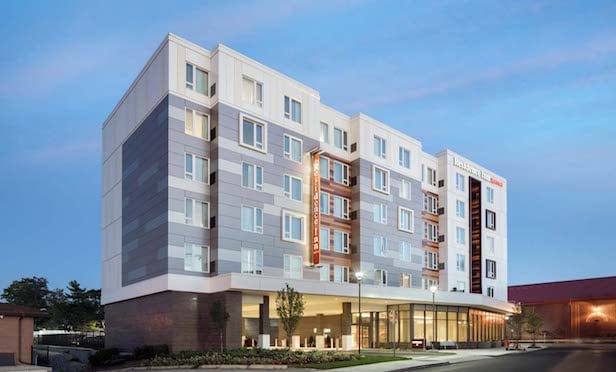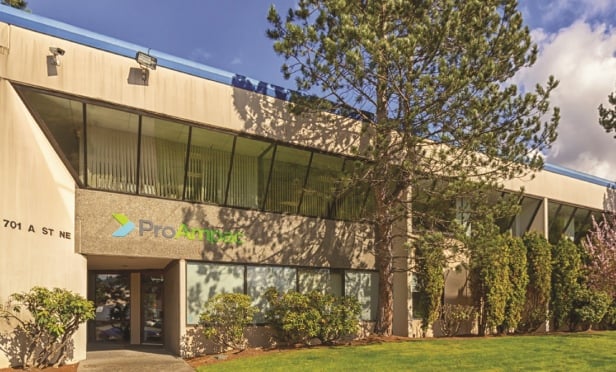MIAMI—What was the turning point for Lincoln Road? What are some of the signs to look for that may indicate values on the pedestrian mall have reached a tipping point?
Those are among the questions we asked Adam Lustig, a partner in Miami-based Bilzin Sumberg, in part two of this exclusive interview. Lustig has been involved in some of the recent real estate deals that have led Lincoln Road property values to new heights. You can still read part one: The (Pricing) Evolution of Lincoln Road.
GlobeSt.com: Looking back, what do you see as the turning point for Lincoln Road?
Lustig: The redevelopment of 1111 Lincoln Road was the key turning point. Our client, Robert Wennett, had an incredible vision to transform a 1960s Brutalist style concrete office building into a mixed-use project with high end retail.
At the time the Apple Store was the only store on Lincoln Road paying over $100 per square foot. 1111 Lincoln Road was able to command rents of $150 per square foot, which was unheard of in Miami at that time.
The 1111 project proved that high end retail could work on Lincoln Road and started the parade of top national and international brands, including H&M, Forever 21, and Zara, flocking to Lincoln Road. Not too long after 1111 Lincoln Road was completed, Gap and Apple announced plans to relocate their stores on the mall. The new Frank Gehry designed New World Symphony building also helped bring Lincoln Road to the next level with culture and entertainment.
GlobeSt.com: How will the sale of the Acadia's portfolio affect property values along the pedestrian mall?
Lustig: The recent sale by Terranova and Acadia continued the trend of increasing property values and the influx of New York institutional investors buying on Lincoln Road. Property values are now in excess of $4,000 per square foot and will likely soon reach $5,000 per square foot.
GlobeSt.com: What are some of the signs to look for that may indicate values on the pedestrian mall have reached a tipping point?
Lustig: Rents are the key driver of property values. As long as rents continue to go up, prices will follow. We could reach a tipping point if rents get to a level that tenants cannot afford to pay based upon the sales they generate.
© Touchpoint Markets, All Rights Reserved. Request academic re-use from www.copyright.com. All other uses, submit a request to [email protected]. For more inforrmation visit Asset & Logo Licensing.






